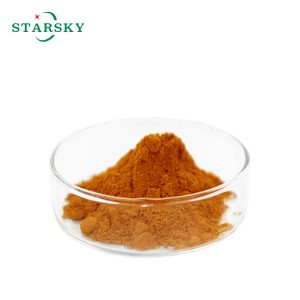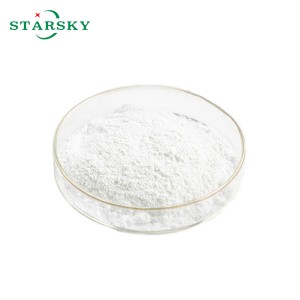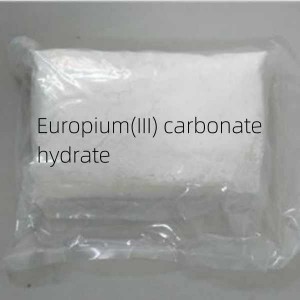Zirconium nitride CAS 25658-42-8
Product Name: Zirconium nitride
CAS: 25658-42-8
MF: NZr
MW: 105.23
EINECS: 247-166-2
1, T/T
2, L/C
3, Visa
4, Credit card
5, Paypal
6, Alibaba trade Assurance
7, Western union
8, MoneyGram
9, Besides, sometimes we also accept Alipay or WeChat.


When storing zirconium nitride (ZrN), consider the following guidelines to ensure its stability and safety:
1. Container: Store ZrN in a sealed container to prevent contamination and moisture absorption. Use a container made of an inert material that does not react with ZrN.
2. Environment: Keep the storage area cool, dry and well ventilated. Avoid exposure to high temperature and high humidity as these conditions will affect the performance of the material.
3. Label: Clearly label the container with contents and relevant safety information. This helps ensure proper handling and identification.
4. Separation: Store ZrN away from incompatible materials (such as strong acids or bases) to prevent any potential reactions.
5. Personal Protective Equipment (PPE): When handling or transferring ZrN, use appropriate PPE such as gloves, goggles, and dust mask to minimize exposure to dust.
Zirconium nitride (ZrN) is generally considered to have low toxicity, but like many materials, its safety depends on the form and exposure conditions. Here are some key points about its potential hazards to humans:
1. Inhalation Risk: Fine particles or dust of ZrN may be hazardous to breathing if breathed in. Long-term exposure to dust may cause respiratory irritation or other lung-related problems.
2. SKIN AND EYE CONTACT: Direct contact with ZrN powder may cause irritation to the skin and eyes. It is recommended to use appropriate personal protective equipment (PPE) when handling this material.
3. Chemical stability: ZrN is chemically stable and does not readily react with biological tissues, which in most cases reduces its toxic potential.
4. Regulatory Status: As of now, ZrN has not been classified as a carcinogen or hazardous substance by major health and safety organizations, but it is always important to follow safety guidelines and regulations when working with any chemical material.


When transporting Zirconium Nitride (ZrN), certain precautions must be taken to ensure safety and compliance with regulations. Here are some key considerations to take into account:
1. Packaging: Use strong, dust-proof and suitable packaging materials. The container should be sealed to avoid spillage and contamination.
2. Label: Clearly label the contents of the packaging, including the chemical name (zirconium nitride), any relevant hazard information, and handling instructions. Ensure labeling complies with local and international regulations.
3. Documentation: Prepare and include all necessary shipping documents such as Safety Data Sheets (SDS), shipping manifests, and any required regulatory documents.
4. Transportation Regulations: Check and comply with local, national, and international regulations regarding the transportation of chemical materials. While ZrN is not generally classified as a hazardous material, it is important to verify specific regulations that may apply.
5. Handling Precautions: Ensure personnel involved in the transport process are trained in handling ZrN and are aware of any potential hazards, including inhalation of dust.
6. Environmental conditions: During transportation, goods should be protected from extreme temperatures and humidity. If necessary, store materials in a climate-controlled environment.
7. Emergency Procedures: Have emergency procedures in place in case of accidental release or exposure during transport. This includes having spill kits and first aid supplies readily available.








